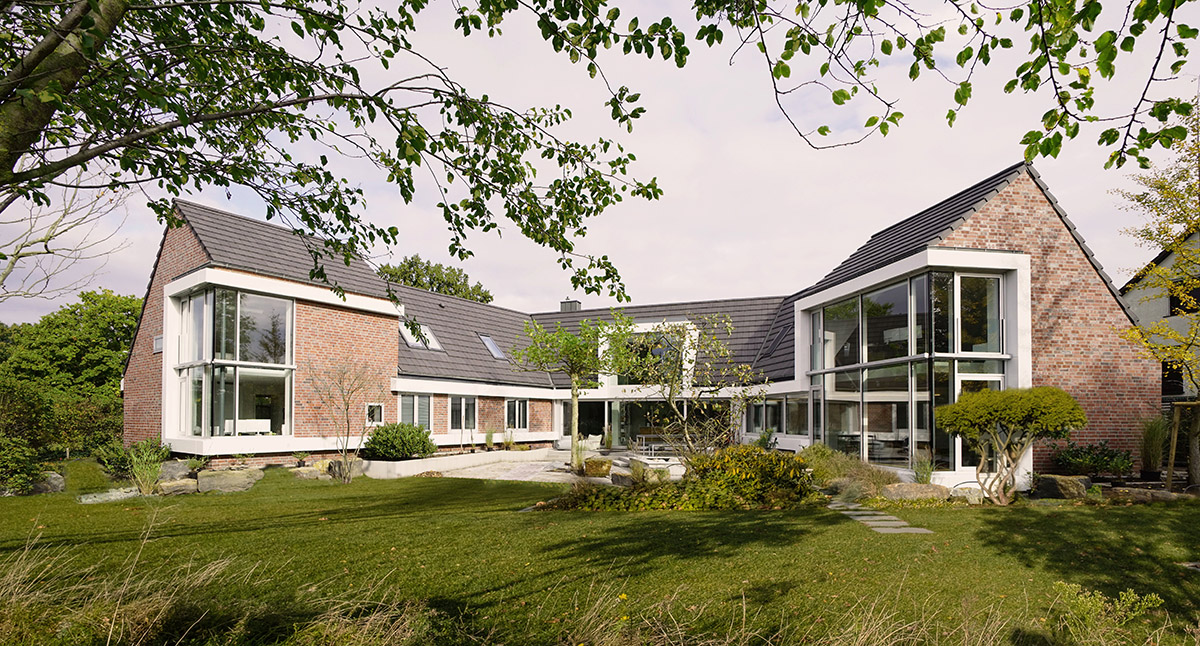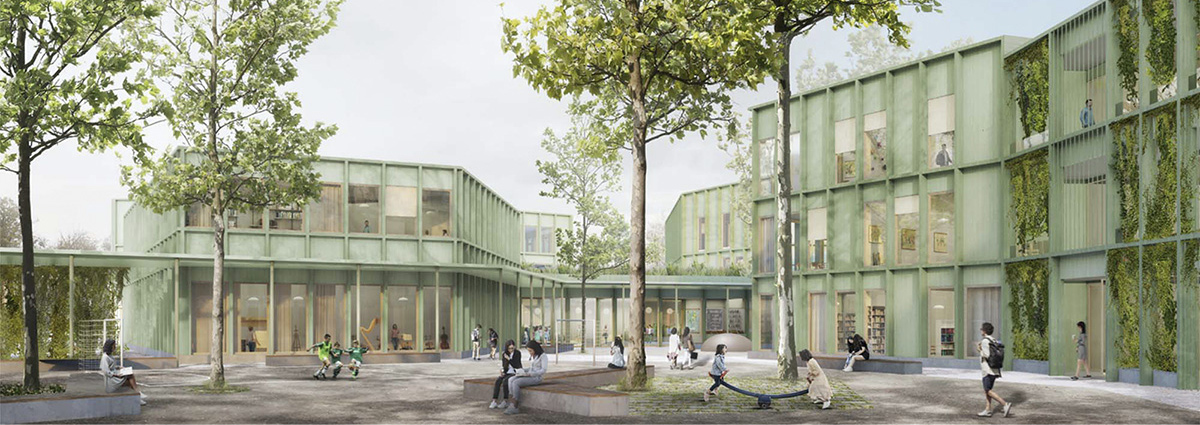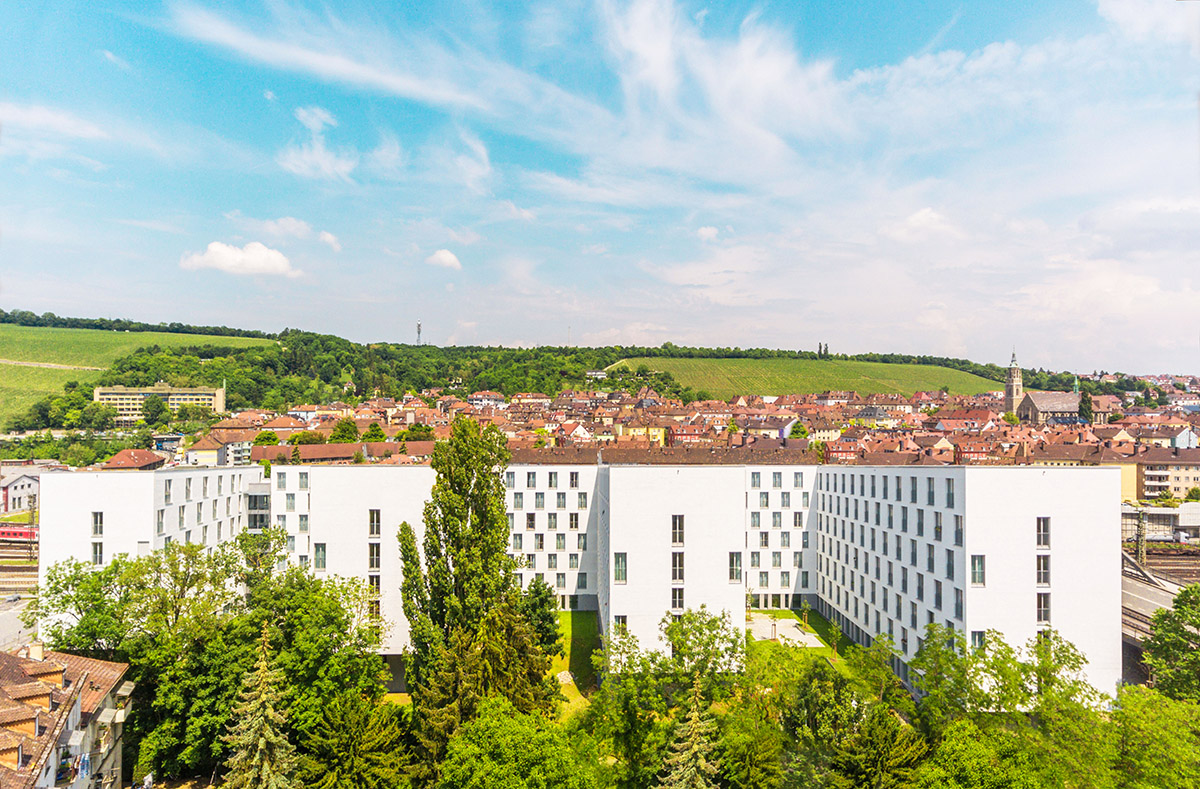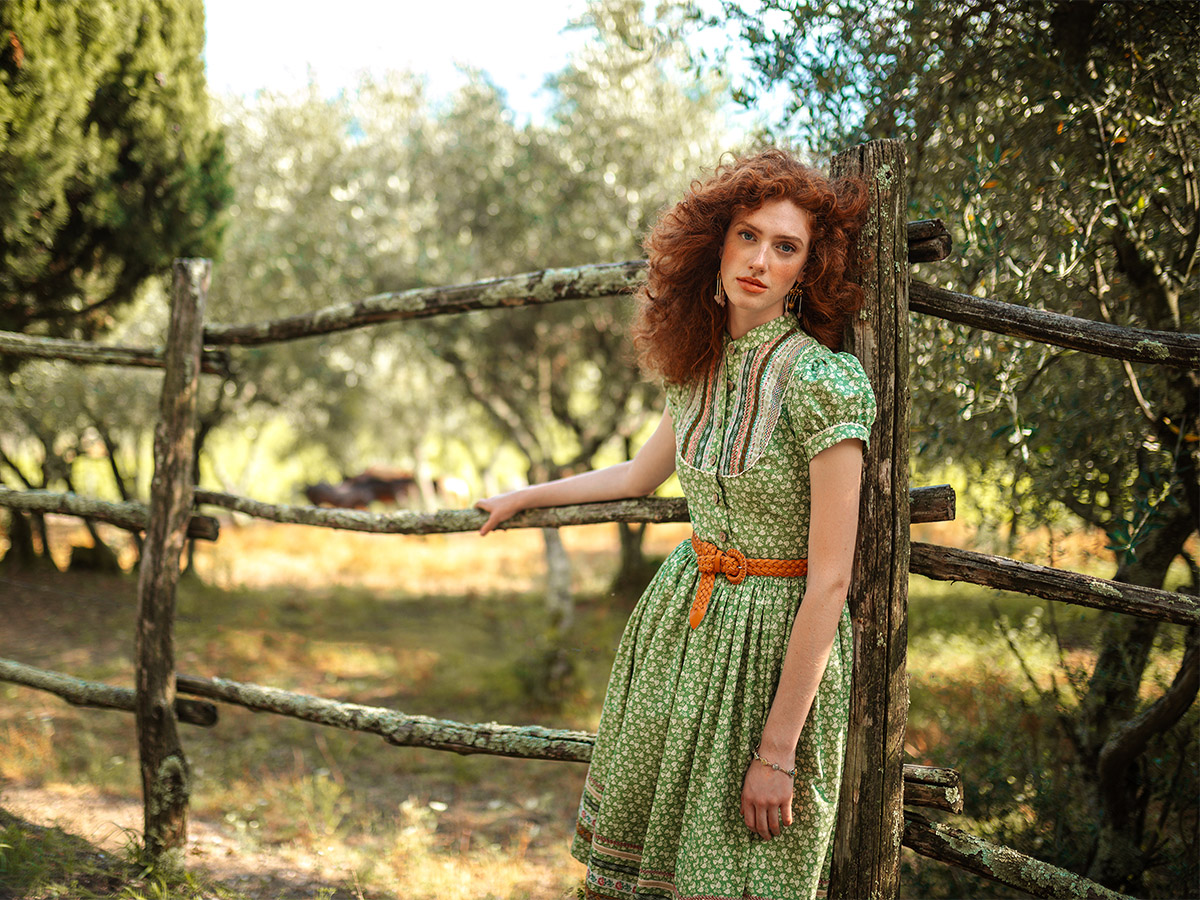Zollanvi: Carpets and culture
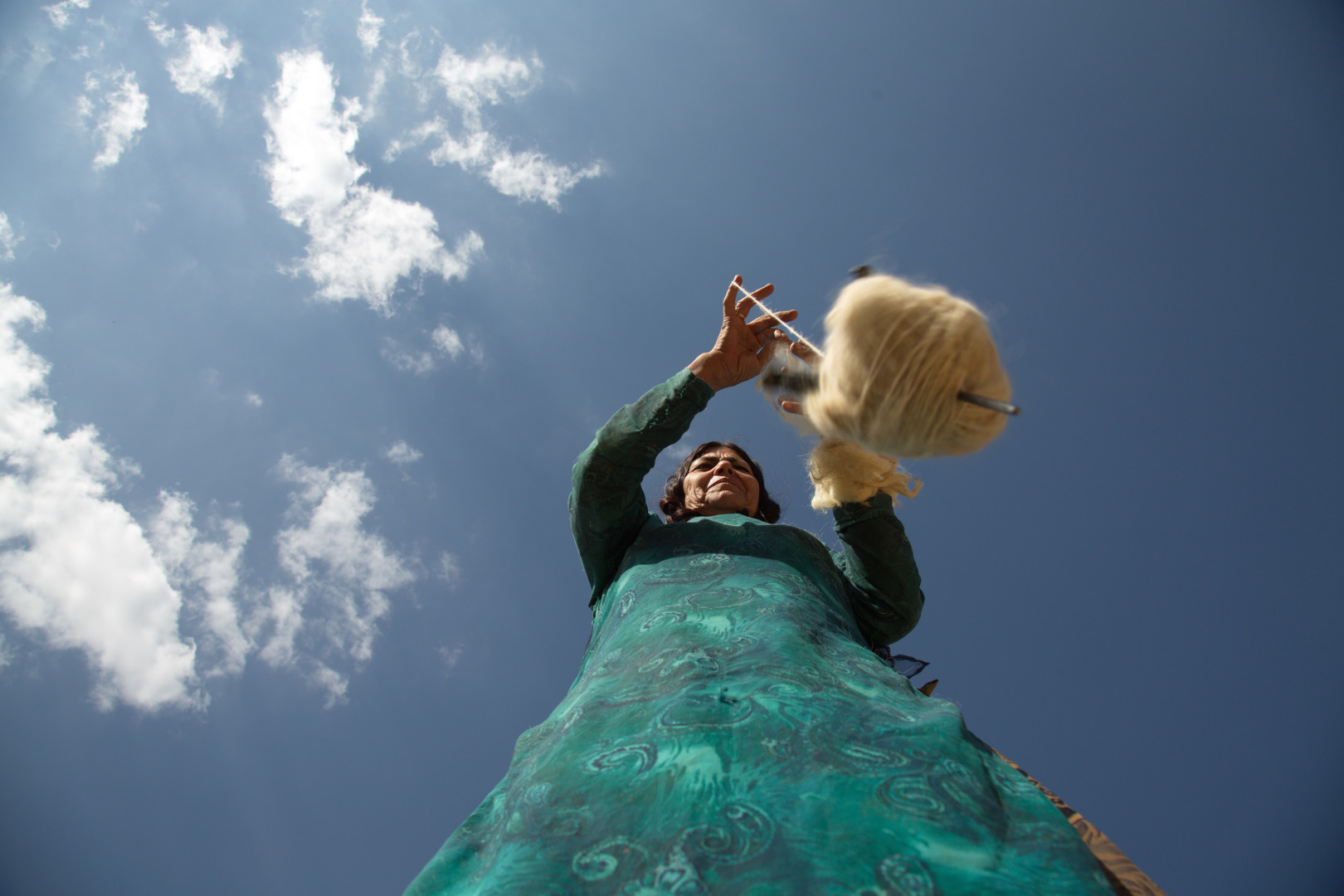
With its unique carpet designs and weaving culture, Zollanvari continues to sustain and further the extraordinary art form and traditions of Persian carpets, celebrated around the world for more than 2,000 years. Zollanvari’s understanding of the captivating aesthetic, splendour and profusion of Persian creativity has empowered the company to produce the highest quality carpets for over half a century. Today, the manufacturer has established itself as global leader in creating carpet art.
Gholamreza Zollanvari, the current patriarch dubbed ‘The Father of the Gabbeh’, could not have dreamt of a worldwide carpet business when he began working in his father’s carpet firm in 1947. But this legacy had already been engraved in the family history since the business was handed down the generations from his great grandfather. With the passing of time, this is also what Gholamreza would do. Initially he focused on the traditional products of the nomads of South Persia and Gabbehs. With the rising appreciation and demand for these, he worked with the nomads to start weaving new Gabbehs with more contemporary designs, whilst at the same time his son Reza brought his father’s company and name to Europe.

Woodland at sunset.
Zollanvari in Zurich
It was 1985 when Reza Zollanvari established the company’s base in Zurich, enabling the business to directly access the European market. Four years later, Zollanvari expanded further and enlarged their portfolio by weaving larger and room-sized Gabbehs. For its production the company decided to only use hand-spun and naturally dyed wool, pioneering a radical step towards added quality and excellence.
These new Gabbehs, produced within exacting standards, proved an immediate success, exploding onto the world stage and satisfying the demands of Western markets. Zollanvari became a market leader and the brand’s name and its innovative spirit became a synonym for Gabbeh itself.
Since then, the company has experienced steady growth. While Reza has been engaged in developing the Western markets, his brother Hamid has lead the business’s dyeing and warehousing back home in Iran and expanded the home and Eastern markets. At present, Zollanvari’s outreach boasts the sixth generation of family members active globally, from Hamburg to Cape Town and China to the USA.
Relating past and present
Every aspect of each carpet produced adheres to explicit quality standards. Zollanvari is unique in its sourcing of material and designs, which are both rooted in a traditional and conscientious approach.
Zollanvari’s portfolio focuses on five main product lines, interpreting old designs and motifs that also have historical significance. First, there are Gabbehs, which follow a wealth of designs from geometric and abstract to landscapes. Then there are transitional tribal carpets, combining kilim, soumak and pile techniques, creating a multi-textured surface, and the transitional formal weavings updating classical carpet designs. Flatweaves, tribal and contemporary, are a further line – they are colourful weavings, featuring bold geometric and minimalist designs. Next, the Kundan Silk Collections are a new product line woven in India. Their designs combine classical textile motifs adapted for modern interior design sensibilities. Finally there is the Designer line, which includes the Isfahan Collection. Created in collaboration with the designers SoFar SoNear, the collection transports traditional subjects into the contemporary design world.

A nomad’s at work.
Quality from tradition
In terms of the quality of material used for its Iranian production, Zollanvari is unique. The wool comes from the Zagros Mountains and is hand-spun. Each product carries a label and warranty guaranteeing not only the hand-made aspect, but also that environmentally friendly vegetable dyes are used, that the carpets are woven by fairly paid nomadic women and not children, and that each carpet is unique because each weaver has developed their own inimitable style.
Although these standards and the thinking behind them are deep rooted in tradition, they are conceptually very modern: resource-efficient and sustainable. They are also extremely valuable culturally since Zollanvari is reviving old weaving techniques and developing new ones.
Social ideology as an economic backbone
Zollanvari participate in major fairs such as Maison & Objet in Paris (September and January) and in Miami (May) and DOMOTEX Hannover (January). With stands in prime locations, the company presents its latest creations. They have also won numerous awards including a nomination for the second year running for the German Design Awards 2017. But with Zollanvari it is never only about the carpets. It is about being sensitive to history and culture, supporting local production and society, making a difference in people’s lives by financing infra-structure from water pipes to hospitals, and offering people opportunities to grow and make a life for themselves. All of these facets are represented in a Zollanvari carpet. This is how it always was and always will be.
TEXT: THOMAS SCHROERS | PHOTOS: ZOLLANVARI INTERNATIONAL
Subscribe to Our Newsletter
Receive our monthly newsletter by email
